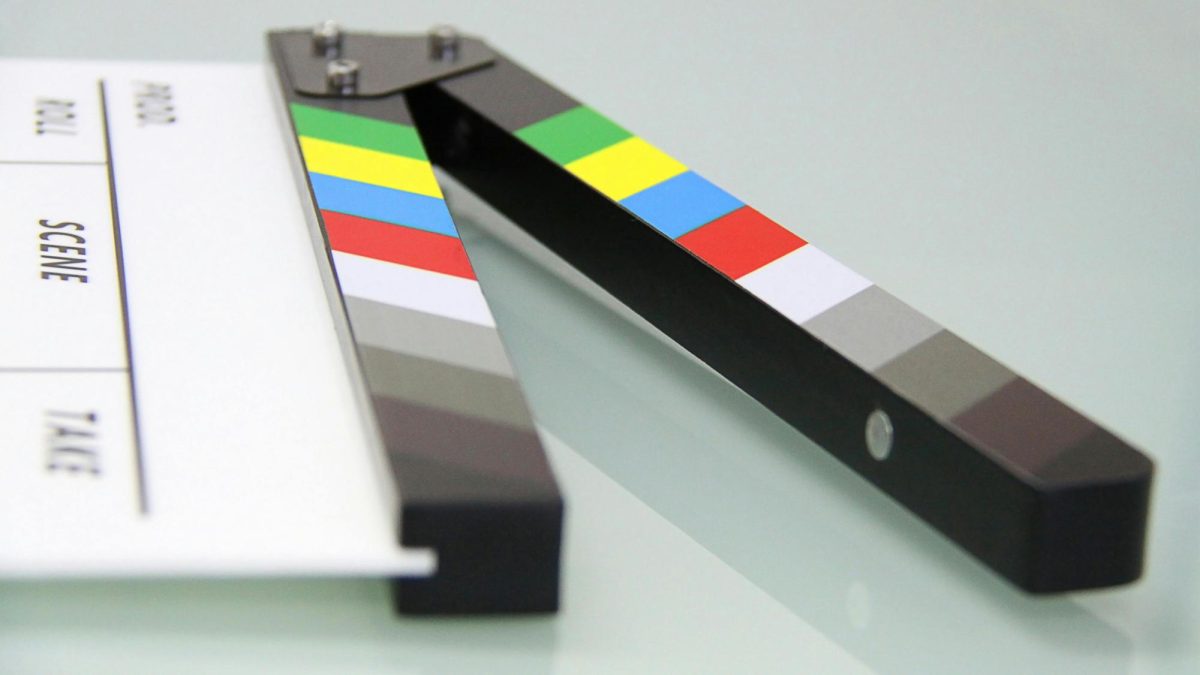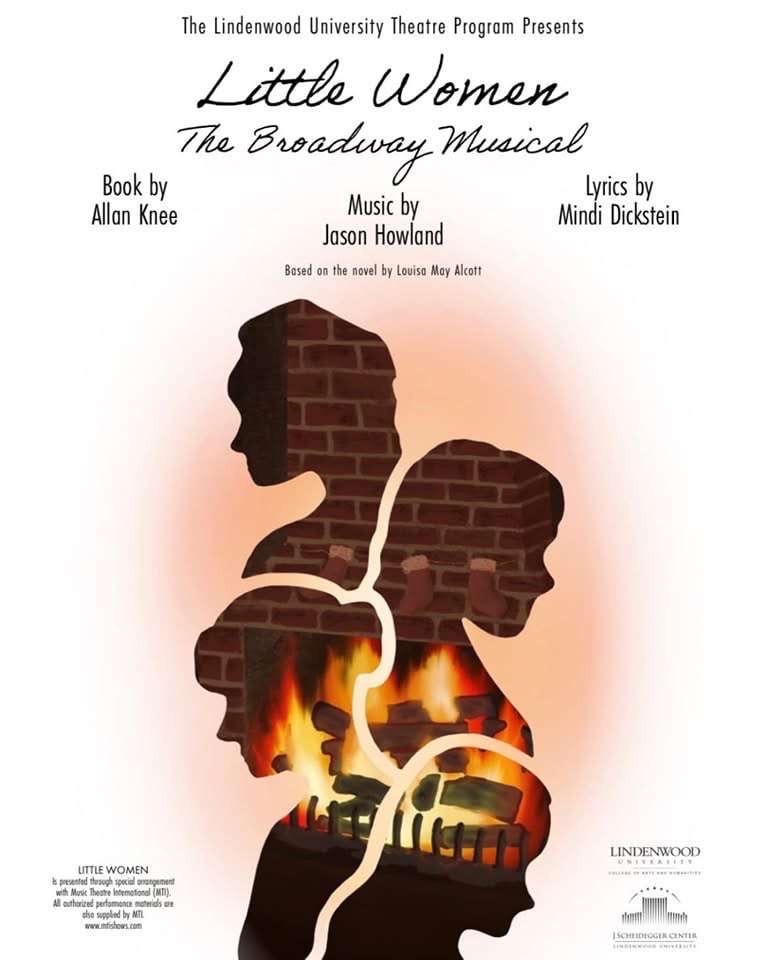Devin King | Staff Reporter
Published June 23, 2015; 10:42 a.m
By the time that the credits rolled for Pixar’s “Inside Out,” I could feel tears forming at the edges of my eyes. I am still not sure if these tears came from all the laugh-out-loud scenes or from the heart-wrenching ones. Pixar was not only able to create a cohesive story that was full of these different emotions, but was also able to create a very (no pun intended) thought-provoking experience.
From “Toy Story” writer and “Up” director Pete Docter, comes the story of Riley Anderson (Kaitlyn Dias), a 12-year-old who is going through the drastic change of moving from Minnesota to California. That is essentially the entire plot, if it weren’t for the story also taking place inside of Riley’s mind. Riley’s emotions take on physical personas inside her head, those being Joy (Amy Poehler), Sadness (Phyllis Smith), Fear (Bill Hader), Anger (Lewis Black) and Disgust (Mindy Kaling).
The narration consists of the small experiences Riley goes through and how these also affect what goes on in her mind, and Docter pulls this off brilliantly through excellent directing. Riley consists of less than half of the film’s runtime, since most of the film takes place inside her head, but the personalities of her emotions and the events that happen in her head make so that she is constantly “present.”
Whether it be a hilarious joke or a serious moment, Docter’s writing is incredibly relatable, no matter who you are. Every joke has something to do with the mind and how we think, such as songs being stuck in our head or how we dream. Serious moments are also very much so present, and seeing all the characters and events reacting to what Riley’s experiencing makes for some very compelling moments. The writing isn’t just a home run, in terms of how well it succeeds in what it wants to do, it hits it out of the stadium, into the sky and lands in space.
There is a constant theme of complexity in the film. There are emotions, separate personalities, parts of the brain and real world characters that are always present. However, Docter is able to organize these to where it is easy for anyone to understand. Many jokes and plotlines deal with these, creating some lines that are very smart. The only true weakness that “Inside Out” might have is that its wit and intelligence may be too hard for its target audience to fully understand.
Aesthetically speaking, “Inside Out” is a very pretty film to look at. It is no “How to Train Your Dragon 2” or “Big Hero 6” in terms of visuals, but it more than makes up for it in attention to detail. Every emotion is made up of small partials, creating a “fuzzy” look to them, and the complex places in Riley’s head, such as her library of memories, are visually complex to reflect this.
Voice acting can be very hit-or-miss for many 3D computer generated productions. Luckily the voice cast knocks it out of the park. I was genially surprised in the amount of range Hader and Smith had. The rest of the cast do not have as much range, but they still fit their characters perfectly. Specifically Poehler as Joy and Black as Anger come to mind with saying this.
“Inside Out” is just as funny “The Lego Movie” and is just as touching as “Up,” but it also goes above and beyond what most films try to achieve, which is to be relatable. It is not a masterpiece because it told a great story, but because it changed the way I think and view myself and everyone else around me.











